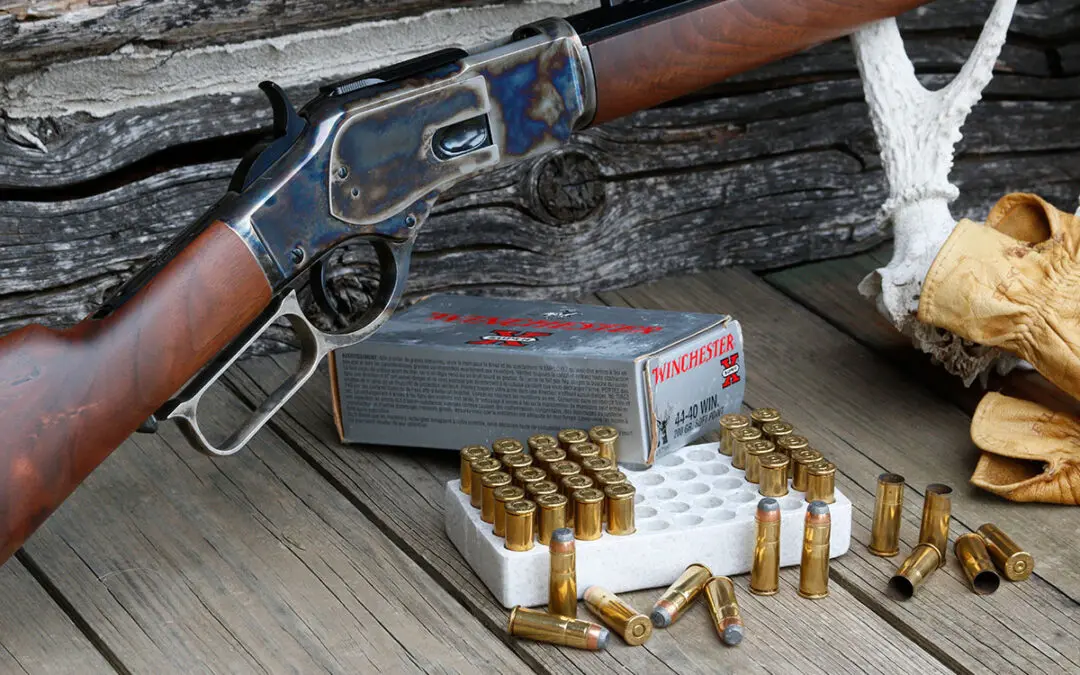Attitude isn’t everything, but it seems to add a few hundred feet per second to muzzle velocity and at least that many foot-pounds of kinetic energy to any bullet.
Evidence for that comes from dozens of hunters who respond to my articles and videos on new cartridges by insisting their 30-30 Winchester or 35 Remington or 6.5 Swede or 7×57 Mauser or whatever is just as effective and just as deadly as the hotshot miracle cartridge of the week.
File this under “If it was good enough for Grandpa….” And whistling past the graveyard.
Yes, most old cartridges kill as well as the latest and greatest…so long as you park the right bullet in the right place. But that’s the crux of the matter, the critical difference the “good enough” crowd is overlooking. It’s not the added punch of the 300 Ruger Compact or the 6.5 RPM that makes them better than the old 32 Winchester Special. It’s their inherent ability to fly straighter, farther and perhaps truer. They make it easier to put that bullet in the right place.
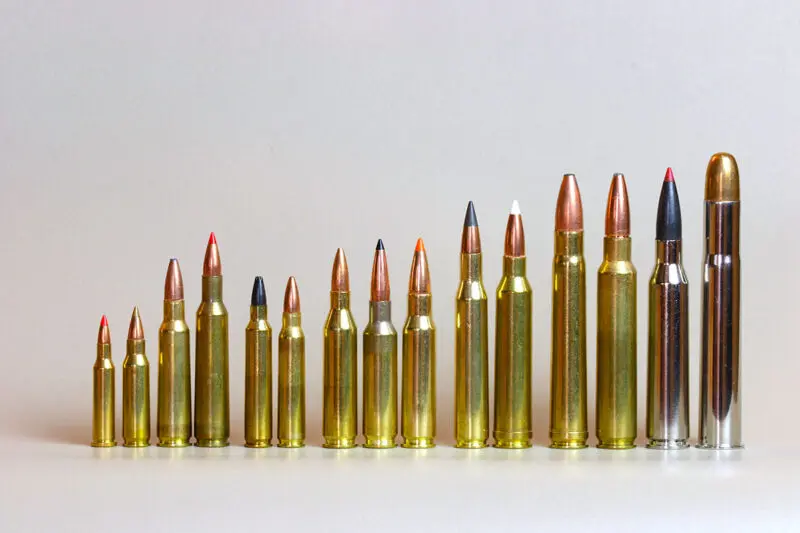
Most old cartridges kill as well as the latest and greatest…so long as you park the right bullet in the right place.
Straight, true and far have been driving forces behind advancements in thrown projectiles since the first protohuman flung a stone at a rodent. The Old Testament’s David discovered that high velocity stones are giant killers. We’ve been perfecting them—or their launching agents—ever since.
Except now we’re balking. Each time I review a “new and better” cartridge, I hear as many condemnations of that cartridge as praises. “Another cartridge nobody needs! They’re just trying to sell you something. What does this do that the 7×57 Mauser doesn’t? All you need is a 30-’06 and maybe a 375 H&H Magnum if you’re going to Africa. How dare they make a new cartridge when I can’t even find ammo for my 308 Winchester!”
I understand. It’s human nature to defend the familiar and distrust the stranger, even if it’s an inanimate stranger. No one wants to learn that they’ve bet on the wrong horse, that “old Death Wind” has been bested by the new brass in town. I’m pretty sure a few curmudgeons discounted the 30-30 when it first hit the fields, pooh poohed the 300 H&H when it promised to outshine the 30-’06 in 1925, the 7mm Remington Magnum when it threatened the status of the 270 Winchester in 1962 (not to mention the Model 700 popping up to challenge the Model 70. You don’t suppose that model number was chosen by chance, do you?)
I know hunters pilloried the 300 WSM and sneered at the 300 Blackout. Yet each of those rounds has its charms and defenders. As with all other cartridges, each goes about its ballistic chores as advertised, whistling through the air, cycling through one particular action better than any other, shaving the critical inch off the wind deflection that might turn a lung shot into a paunch shot—doing something just a tad better than any other. When it comes to rifles, cartridges and bullets, a seemingly minor improvement really could spell the difference between life and death. The new 6.8 Western or 6.5 RPM or 277 Fury might not turn an elk’s lights out any faster than the old 270 Winchester, but each could be perfect for one type of hunter or one kind of hunt. If a redundant new wonder-cartridge delivers a slightly better outcome than its nearest competitor and is embraced by a million shooters or just one, how’s that skin off anyone else’s hide?
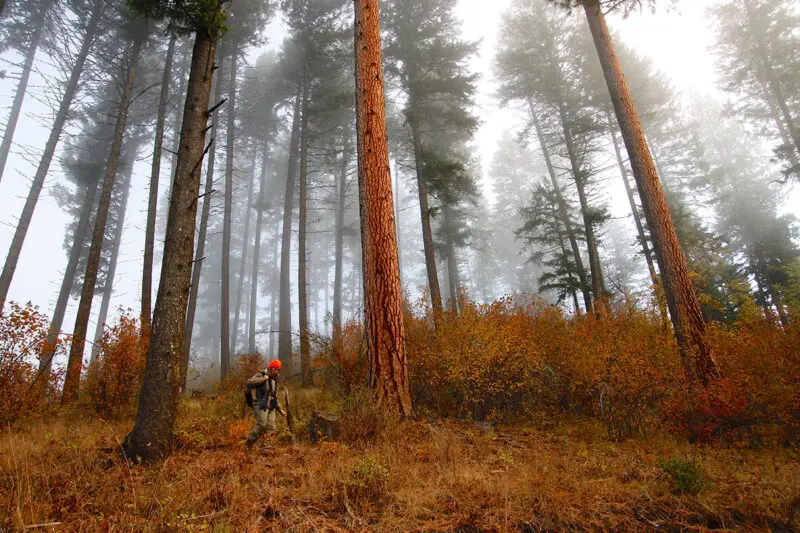
It’s difficult enough to maintain even a tenuous connection to the land, the woods, the wilds, the interactions with Nature red in tooth and claw that inspired our progress, fueled our passions and restored our spirits.
Then again there is the value of tradition, of maintaining the essential connection to our roots, roots that inform and feed and steady and anchor us to an enterprise, a reality increasingly devalued by the artifice of technology. It’s difficult enough to maintain even a tenuous connection to the land, the woods, the wilds, the interactions with Nature red in tooth and claw that inspired our progress, fueled our passions and restored our spirits.
There is no reason that that connection can’t be Dad’s old Remington pump, Grandma’s Marlin lever-action, Uncle Jim’s 1953 Weatherby Mark V or even the S&W AR-15 in 300 Blackout your son bought just before his last deployment. There are more reasons for hunting than killing every legal animal you encounter at any range.
So maybe we shouldn’t be so quick to denounce ballistic developments. Consider the response if the 30-30 Winchester were released today. A short-action round that feeds poorly from vertically stacked magazines and pushes blunt-nosed, low B.C. bullets 600 fps slower than the 308 Winchester? Oh yeah, who doesn’t want to reduce his effective range by 150 yards or more? Who doesn’t relish launching 1,000 foot-pounds less energy and losing 50 percent of that energy by 200 yards? Who doesn’t crave a deer bullet a mere 10 mph zephyr can deflect eight inches at 200 yards?
Yes, that is the reality of the 30-30. A ballistic washout. Yet, despite its dismal performance, this 126-year-old cartridge remains one of the top selling, widely used, deadly effective, most revered centerfire cartridges in North America. Each fall it brings joy to millions who carry polished and scratched lever-actions amid a muddle of mixed memories. Fathers and grandfathers, uncles and cousins, red plaid wool and faded camo cotton. When we heft that old 30-30, we remember Christmases past with that long, narrow box behind the tree, the one that came with warnings and expectations and opened the door to adulthood. We see snowy pines, mountain laurel, balsam swamps, black pellets like raisins melting into the ice. We hear the wock wock wock of hammering woodpeckers and know it from the sharper bone rattle of antlers. We smell the perfume of woodsmoke, the hopeful tang of a wet scrape, the invigorating bite of frost.
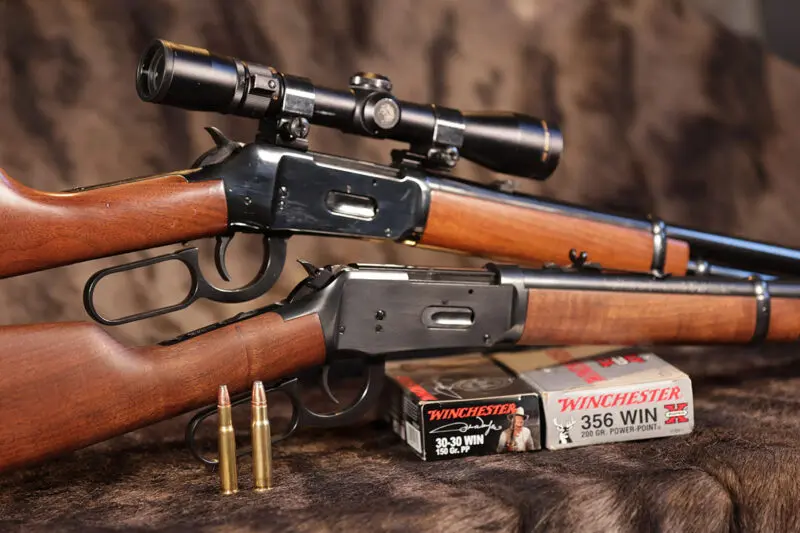
Consider the response if cartridges such as the 30-30 or 356 Winchester were released today. They would be seen as ballistic washouts.
Of course the 30-30 isn’t the ultimate big game rifle, yet it topples whitetails, mule deer, elk, black bears, moose, caribou—even pronghorn. Surely there’s a sourdough looking at an Alaska mountain right now, dreaming of how he’ll climb it come September and anchor himself some sheep steaks with his old Model 94 lever-action 30-30, by God the best and only rifle a real hunter needs!
And maybe that’s the crux of it. Dreaming. Whether this cartridge or that, your rifle or mine, old or new, fast or slow, the guns and gear that get us dreaming, moving, doing—those are the perfect ones. The one’s that give us attitude.
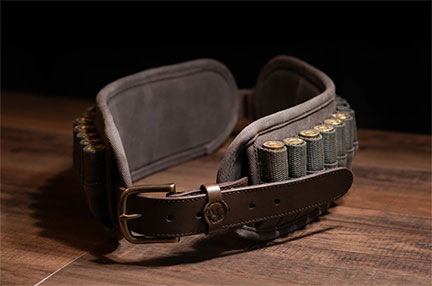 The Wren & Ivy Shootinest Shell Belt is a must for any shooter. By splitting the traditional shell belt into two sections we have made it possible to keep your buckle in the front while still having quick access to your ammunition. This also means you will not be laying on your shells in your lay out blind. The bridle leather belt is adjustable from 30-54 inch waist sizes. Buy Now
The Wren & Ivy Shootinest Shell Belt is a must for any shooter. By splitting the traditional shell belt into two sections we have made it possible to keep your buckle in the front while still having quick access to your ammunition. This also means you will not be laying on your shells in your lay out blind. The bridle leather belt is adjustable from 30-54 inch waist sizes. Buy Now
